“We can’t solve problems by using the same kind of thinking we used when we created them. ” ~ Albert Einstein
Mindset or our way of thinking plays a major role in the way we will solve problems that we are faced with. Human-centred design is a process through which a designer or design team will involve people in problem-solving.
However, the mindset of the designer is pivotal.
I spent five months in Rwanda working hand-in-hand with the CcHUB design lab and at Rwanda Biomedical Centre (RBC) which is Rwanda’s health implementation agency involved in health research as well as the implementation of the county’s health programs.
During these intensive five months, I worked on delivering solutions to improve immunization coverage in Rwanda and disease surveillance in Africa. Working in a different environment from my home country (Uganda) allowed me to see things in a different perspective, acquire new learnings about the health care system in Rwanda and also experience the environment of the individuals we would be interacting with. These were my takeaways and knowledge gained from this traineeship experience in utilizing a human-centered design approach in problem-solving.
Empathy when researching people’s needs: Empathy at the research phase of the challenge stood out as the one mindset that would lead a design team to explore new opportunities for design. From seeking to understand the peoples experience from their eyes to ensuring that the right investigative questions were being asked. Aside from the statistics available, it was imperative to understand the feelings, emotions and the why behind certain behaviours of the individuals involved in the design challenge.
My previous work in research that focused on statistics was challenged by this unique process to establish the reason behind these figures. Some of the methods that could prove useful in this area include shadowing people, doing guided tours of people’s environment and everyday experiences.
Truthfully, this served as a great inspiration to the right solutions that would answer the pain points of the individuals.
Embracing uncertainty & ambiguity in the design process: While executing one of the projects, our team was refining our problem statement and arriving at the final problem statement phrased as the “How might we” question. We had gathered quite a lot of insights from several individuals which made the process of understanding insights was messy and often overwhelming with loads of information. Nonetheless, we had to trust and embrace the process despite the ambiguity of the process.
Quickly make it happen and iterate; Learning that making that solution/idea visible to your end-user as quickly as possible allows you to quickly generate feedback was extremely key. Understanding the people was the first step, however, the same applied in involving people in the creation of the solution.
People’s e through testing of these tangible or visible products or services or systems would not only save design teams the input of huge resources into things that would fail but also allow them to iterate as rapidly as possible to make solutions that actually work.
Now, I would like to point out that the notion that only artists can be considered as designers is nothing but a myth. Our everyday experiences can be a design process if we only change our mindsets and seek to understand the challenge at hand, ask the right questions from the people experiencing the challenge and finally co-create solutions with these same people.
The piece was written by Noel Aryanyijuka

